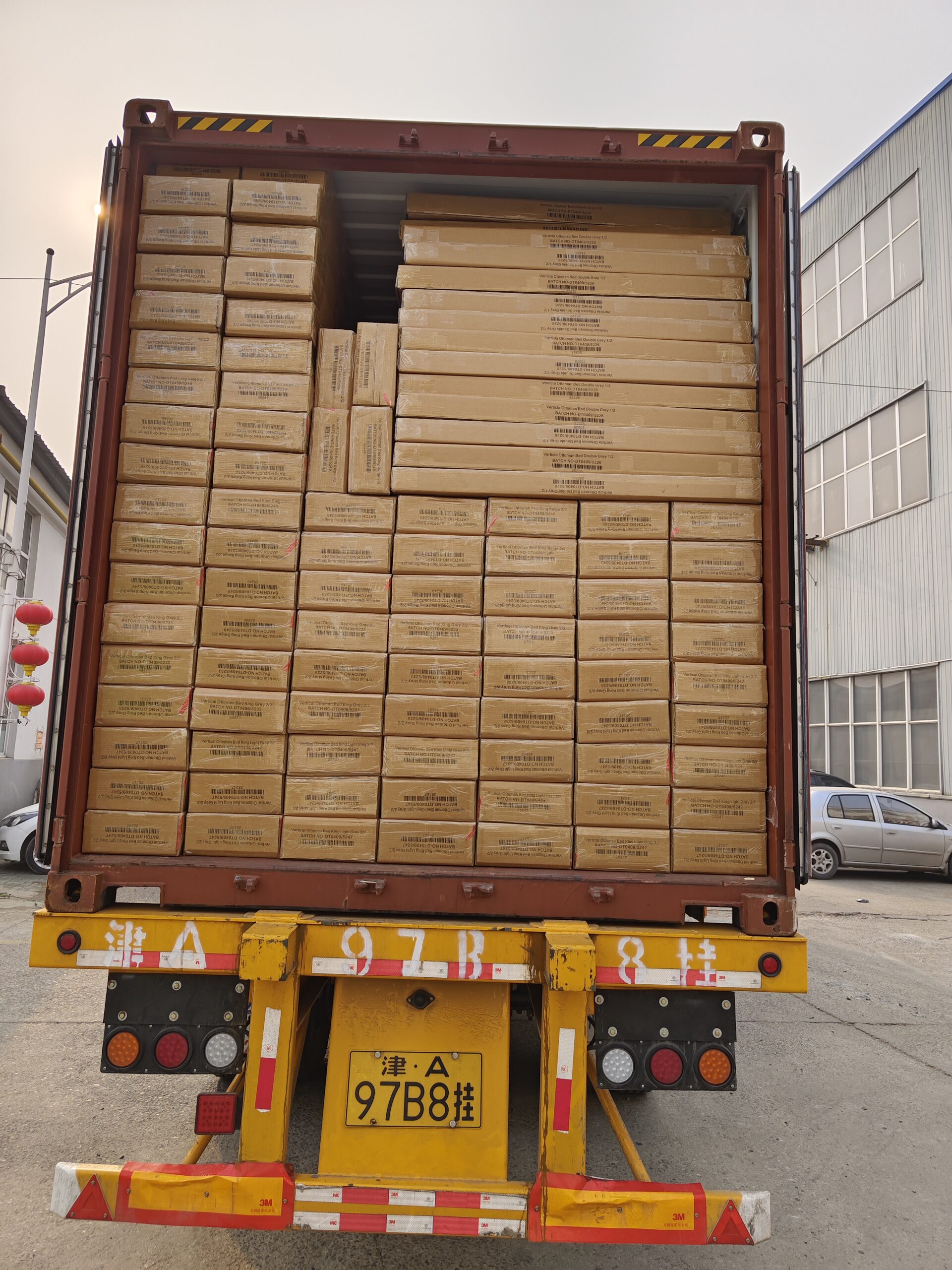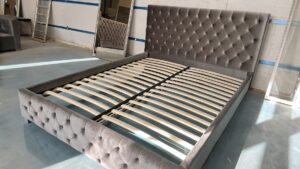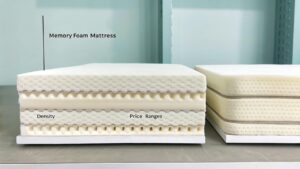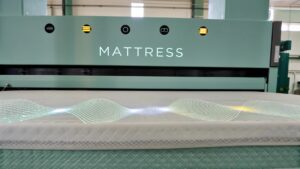When I started managing container shipments for bed frames, figuring out how many beds could fit in a 40HQ container was one of the first challenges I faced. Maximizing space while ensuring the safety of the products was crucial for optimizing costs and delivering value to my clients.
On average, a 40HQ container can fit 550 queen-size metal bed frames or 300 queen-size upholstered bed frames, depending on packaging and design.
I’ve spent years optimizing shipments for my business, and I’ll share my insights with you. Let’s explore the numbers, strategies, and challenges of efficiently packing a 40HQ container.
What is the loading capacity of a 40-foot container?
When I first started shipping large volumes of bed frames, understanding the container’s capacity was critical. I quickly realized that every detail, from the packaging design to the type of bed frame, influenced how much I could fit inside.
A 40-foot container can typically hold up to 300 queen bed frames, depending on the packaging and type of bed frame being shipped.
The loading capacity of a container is all about finding the right balance between product volume and protective packaging. Here’s what I’ve learned:
- Metal bed frames: These are easier to stack and take up less space because they are often shipped as knock-down structures.
- Upholstered bed frames: These require extra padding and packaging, which reduces the number of units per container.
Table: Typical Bed Frame Capacities
| Bed Type | Pieces per 40HQ | Packaging Type |
|---|---|---|
| Queen-size Metal | 550 | Knock-down |
| King-size Metal | 450 | Knock-down |
| Queen-size Upholstered | 300 | Foam wrapped |
| King-size Upholstered | 250 | Foam wrapped |
How much does a 40-foot shipping container cost?
Shipping costs were one of the biggest surprises when I first started managing large-scale shipments. They vary widely depending on what’s being shipped, but I quickly learned how to calculate and manage them.
A 40-foot shipping container typically costs $12,000 to $20,000 for bed frames, $35,000 for mattresses, and $15,000 for sofa beds, including sea freight.
In my business, I always account for:
- Freight rates: These fluctuate based on market conditions. For example, during peak seasons, prices can spike unexpectedly.
- Product type: Foam mattresses usually cost more to ship because they require compression and specialized handling.
- Additional fees: Customs duties and local handling charges can add up.
When I ship bed frames from China to Australia, I ensure that every cost is accounted for to avoid surprises.
How many bed frames can fit in a 40HQ container?
When I calculate container loads, the type of bed frame and its design are the first things I consider. Over the years, I’ve found ways to optimize this process for different product types.
A 40HQ container can fit 550 queen-size metal bed frames, 450 king-size metal bed frames, 300 queen-size upholstered bed frames, or 250 king-size upholstered bed frames, depending on packaging and structure.
For me, knock-down designs are a game-changer. By shipping bed frames disassembled, I save significant space. Here’s what I’ve learned:
- Metal frames: They’re compact and stackable, making them perfect for maximizing space.
- Upholstered frames: These need careful packaging to avoid damage, which takes up more room.
I also make sure my team uses a strategic layout to maximize efficiency during loading.
What is the best way to package bed frames for B2B shipping?
Packaging has always been a key focus in my business. Poor packaging can lead to damaged products and unhappy customers, so I invest in the right materials and methods.
The best way to package bed frames for B2B shipping is using five-layer cartons, foam protection, and knock-down structures to reduce size, ensure safety, and optimize container space.
Here’s how I package bed frames:
- Five-layer cartons: These are strong enough to handle rough handling during transit.
- Foam padding: Protects the frames from scratches and dents.
- Plastic wrap: Provides an extra layer of protection against moisture.
Knock-down structures also help reduce the overall size, allowing me to fit more into each container.
How can bed frame quality be ensured during shipping?
I’ve learned the hard way that quality assurance doesn’t stop at the factory. Shipping can take a toll on even the best-made products, so I’ve implemented strict measures to protect them.
To ensure bed frame quality during shipping, use durable five-layer cartons, foam padding, and secure knock-down structures to prevent damage. Conduct pre-shipment inspections for quality assurance.
Here’s what I do to maintain quality:
- Pre-shipment inspections: My team checks every batch to ensure it meets our standards.
- Durable materials: High-quality cartons and foam padding protect the frames during long journeys.
- Customer support: We provide assembly videos to help clients spot potential damage during setup.
Can bed frames be customized for different country-specific preferences?
Customization is one of my favorite aspects of this business. Every market has its unique preferences, and adapting to them can be the difference between success and failure.
Yes, bed frames can be customized for country-specific preferences, including size, fabric, color, headboard style, and features like storage or LED lighting to meet market demands.
Here’s how I approach customization:
- Size and style: In Australia, larger beds like king sizes are more popular, while Europe leans towards minimalist designs.
- Additional features: LED lighting and storage options are in high demand globally.
- Materials: Fabric choices vary widely. For instance, velvet is trending in Europe, while leather remains popular in the US.
What factors should B2B buyers consider when importing bed frames?
When I started importing bed frames, I realized how many factors could affect the process. Knowing what to prioritize made all the difference.
B2B buyers should consider quality, delivery reliability, packaging durability, customization options, compliance with regulations, shipping costs, and supplier trust when importing bed frames.
Here are my key takeaways:
- Compliance: Every country has its own import regulations. I make sure all certifications are in place before shipping.
- Supplier trust: Building strong relationships with reliable suppliers has saved me from many headaches.
- Cost management: Balancing cost and quality is crucial for long-term success.
Conclusion
By understanding container capacities, packaging methods, and market preferences, I’ve been able to ship bed frames efficiently and meet my clients’ needs. With the right planning, you can do the same and maximize your profits.











